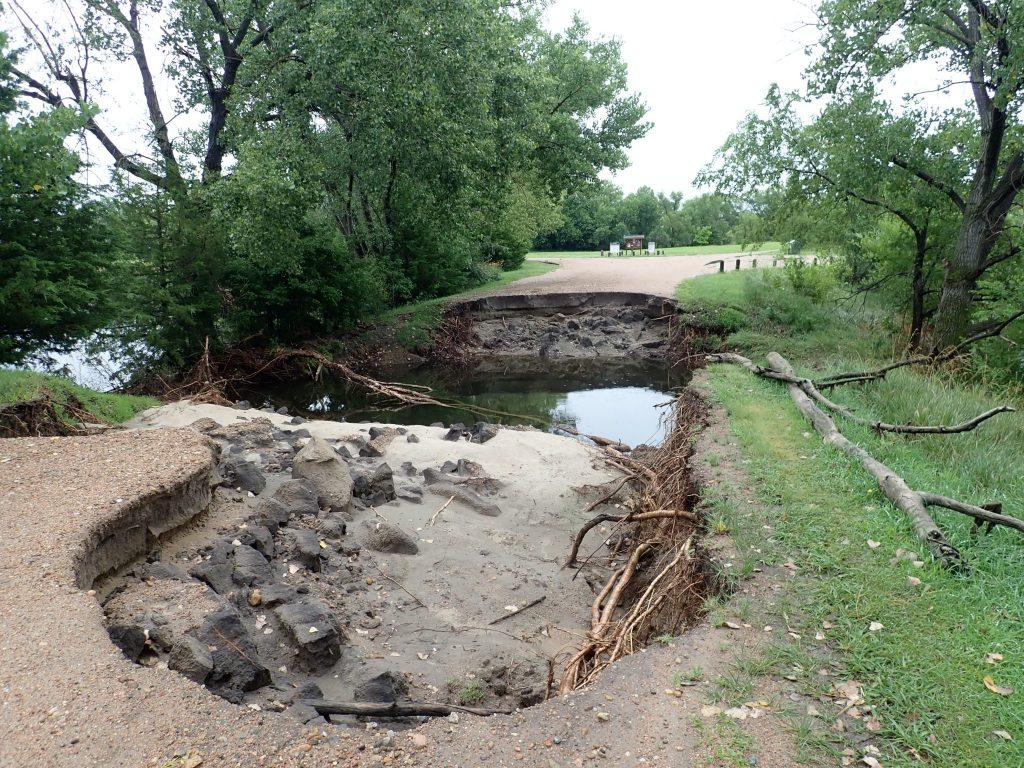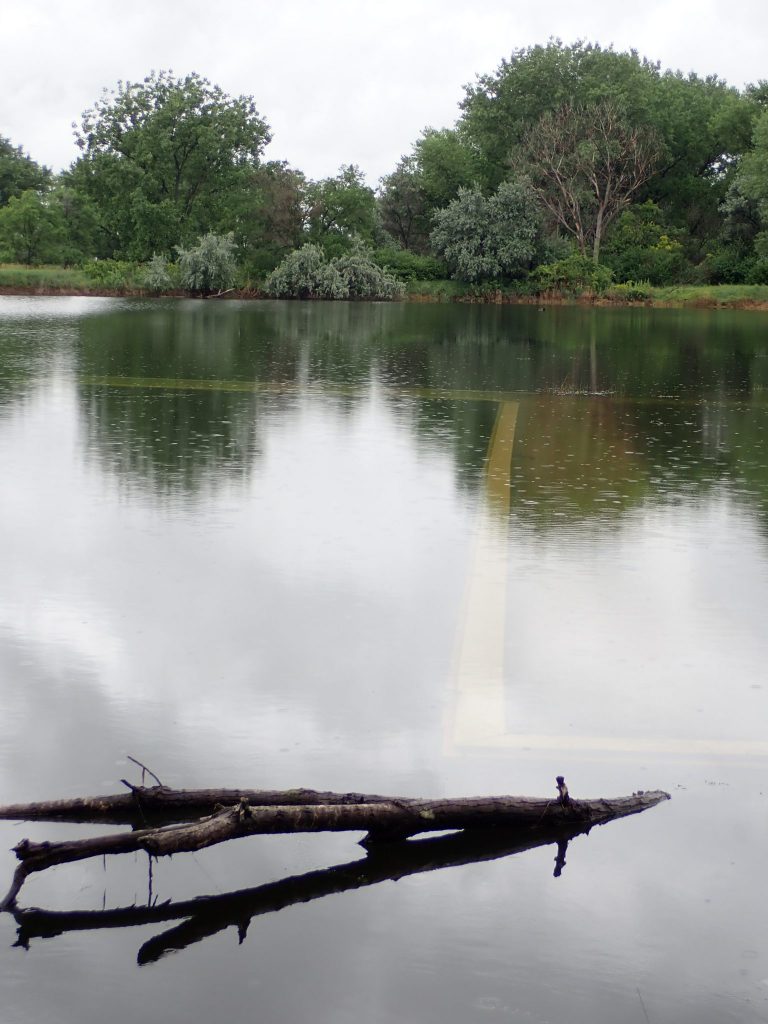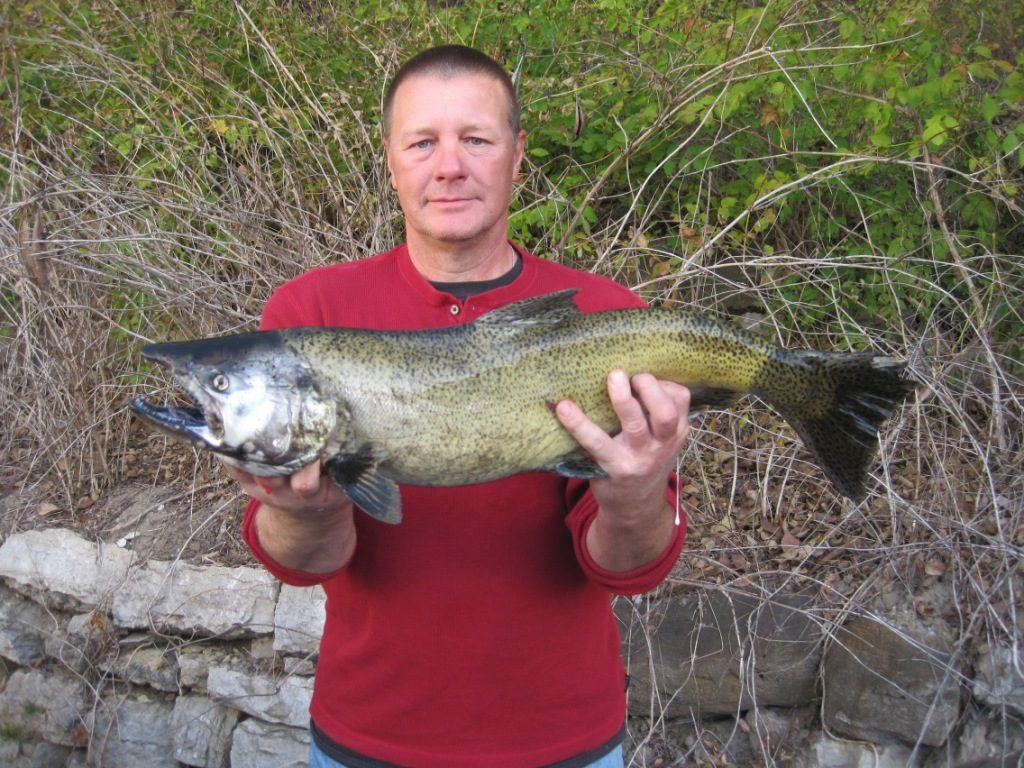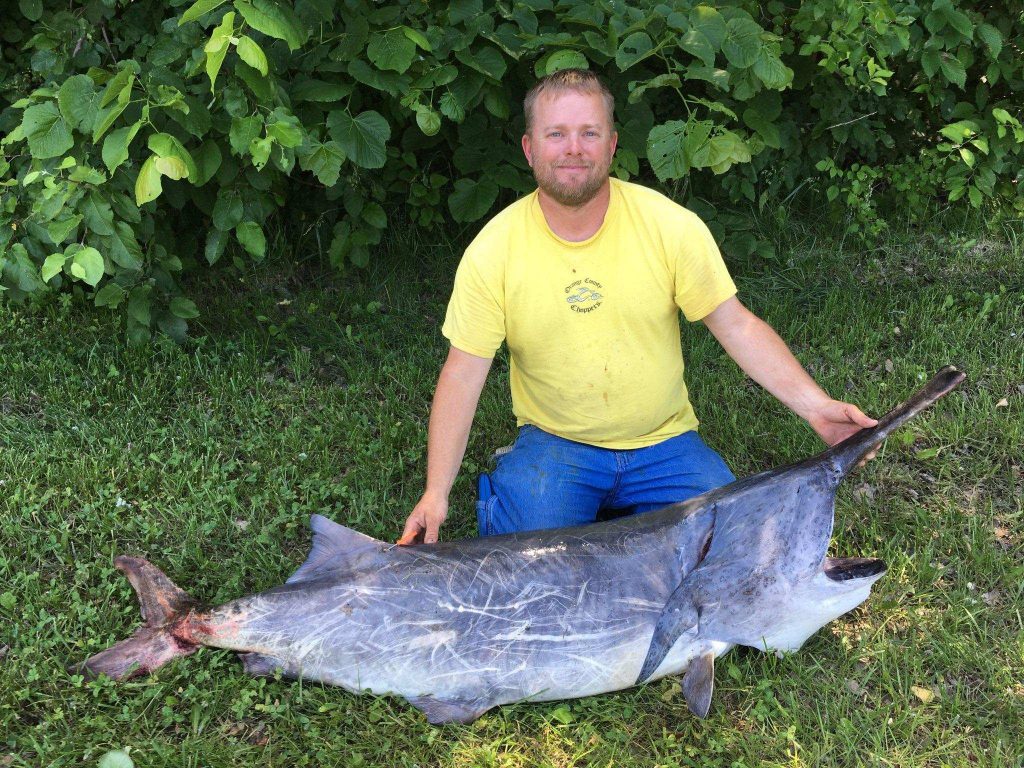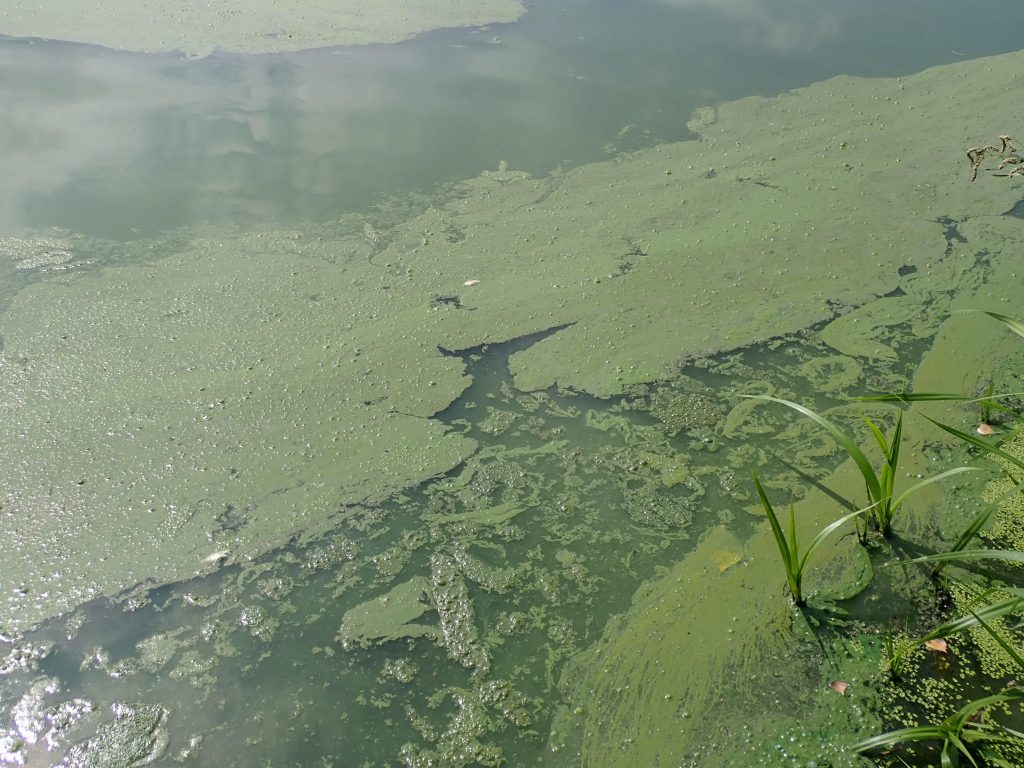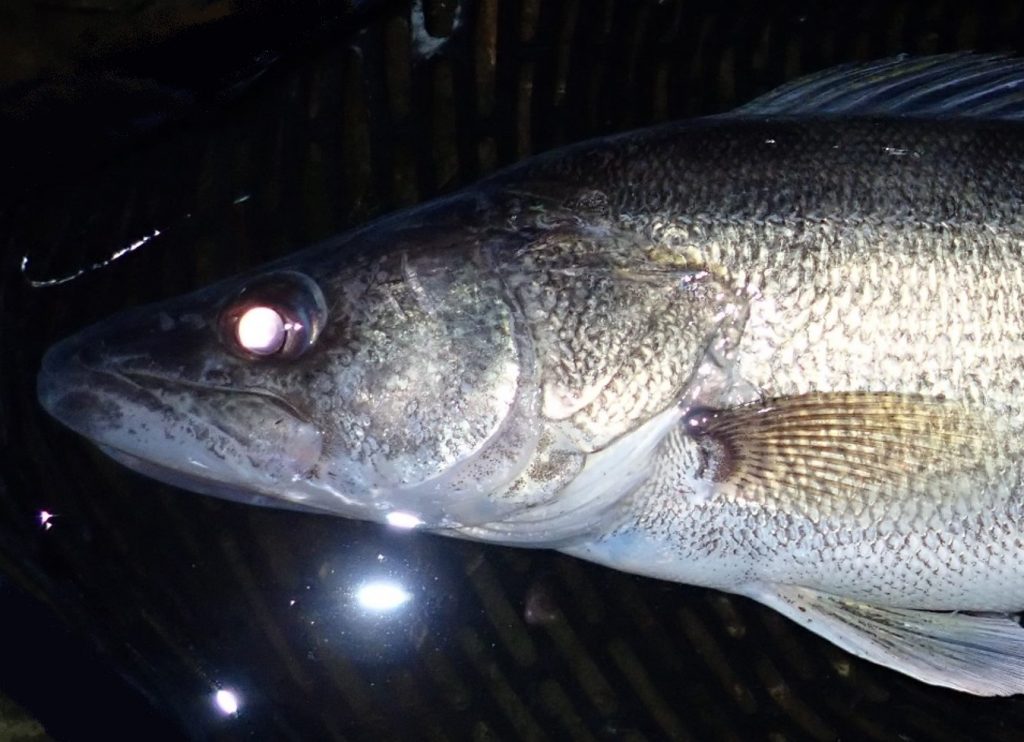Without a doubt, this has been a wet year in Nebraska. If you look at a map of precipitation since Jan. 1, most of the state is above average and parts of the state are well above average.
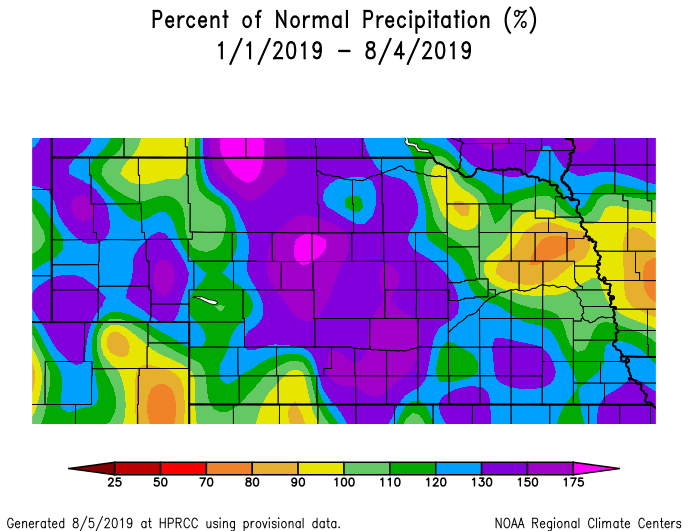
The result of all of that water has been high water levels in rivers, streams, lakes, reservoirs, pits and ponds, and in fact many of those waterbodies have experienced flooding this year. We all know that there have been some devastating consequences to that flooding and many folks have suffered loss. It is always hard to address what the impacts are to our state’s aquatic habitats and fisheries knowing that the personal loss has been so great for so many. I do not want to minimize that in any way, but let me make a few comments about the impacts of high waters, flood events, on our aquatic resources.
First, I have published several updates this year on the impacts of high waters and flooding to several of our public fishing waters. It seems like some of those “hits” have just kept coming. Yes, we have seen major impacts to infrastructure, things like washed-out roads,
flooded and damaged angler access improvements,
and in some cases damaged boat ramps, or at the least, boat ramps with debris on them.
Recovery and repair of some of those areas and features are going to take some time, days, weeks, maybe even months in some cases.
We know that fish will be on the move during high water events. In fact, in rivers and streams, fish migrations can cover hundreds of miles and those movements often occur during high water events. One would think that with all the excess water, fish would be most likely to be “washed” downstream, and that does occur in some situations, but fish movements also are often upstream during high water events. The result of riverine fish being on the move during high water events is a massive “re-shuffling” of fish in rivers and streams. Once water levels begin to decline, there are often “surprises”–sizes and species of fish present that were not there before. For example, previous high water events on the Missouri River have resulted in Chinook salmon being washed down into Nebraska waters from Dakota reservoirs.
Likewise, massive paddlefish showing up, fish that also came from reservoirs upstream.
High water events can also result in fish movements into and out of Nebraska reservoirs. On our largest reservoirs, irrigation reservoirs, fish are continually moving with water into and out of those waterbodies, but one can expect that the more water that is moving, the more fish that are also moving. Smaller, flood control reservoirs experience less water flowing through and less fish moving in and out under normal conditions, but during high water events there can be increased fish movement. The greatest risk during high water events comes from unwanted species of fish in a watershed moving downstream into reservoirs . On the other hand, fortunately, fish movements up into reservoirs from downstream are prevented by the dam structures.
Invasion of unwanted fish species is particularly a problem for the many pits adjacent to Nebraska rivers. When those pits flood, most resident fish may stay put and ride out the high water, but flood waters almost always bring unwanted species looking for new habitats to invade. The extent of invading undesirable species may vary from one pit to another, but in the worse cases, chemical renovations may be needed in order to return those pits to their former productivity as sport fisheries.
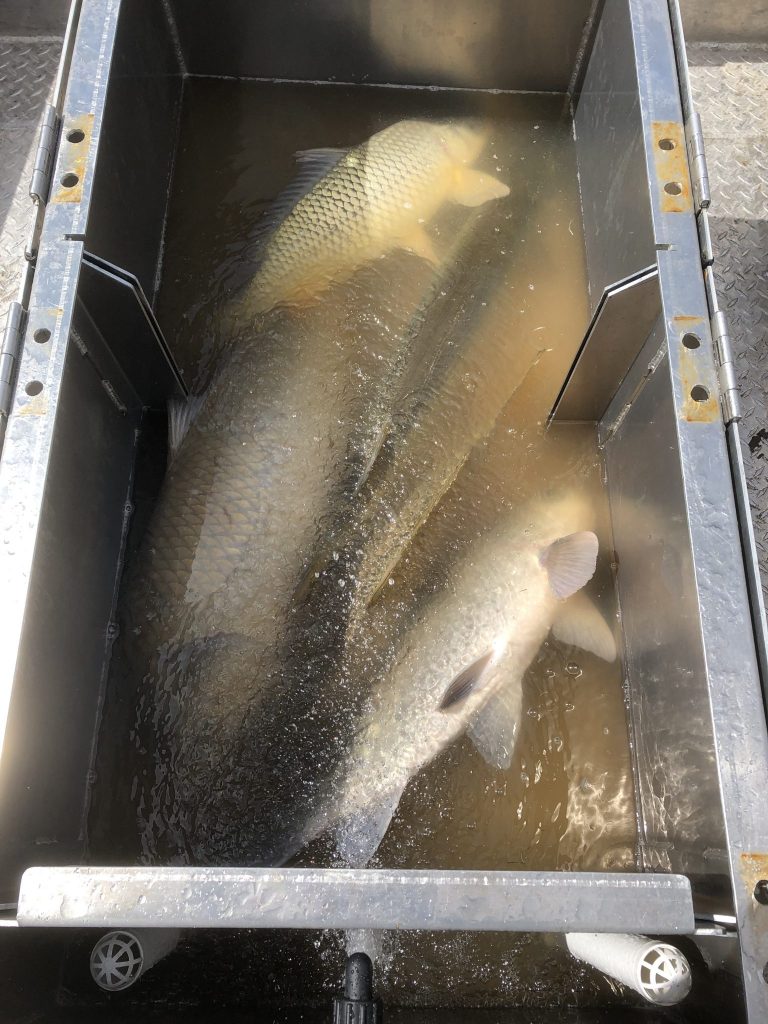
High water events will also impact aquatic habitat, especially in rivers and streams. Those who spend a lot of time on a river or stream will notice dramatic changes in the locations of holes, sandbars, and even the path of rivers and streams following high water events. Although those changes can wipe out roads and bridges and cause great hardship, the habitat changes are positive for river and stream ecosystems. High water events are natural and important to the health of rivers and streams as the changes following flooding mean new habitats and increased productivity.
Habitat changes in standing waters, lakes, reservoirs, pits and ponds, generally are less following high water events. However, in reservoirs and ponds high water events can result in a pulse of nutrients and sediments being deposited into those impoundments. The deposit of sediments following a high water event will contribute to the filling of a pond or reservoir and those soft sediment deposits have little habitat value. In addition, high water levels can negatively impact stands of aquatic vegetation in lakes, reservoirs, pits and ponds. Sediment and runoff also carries nutrients into reservoirs and ponds, nutrients that can fuel algae blooms after the flooding.
Although most of the news you have heard about the flooding in Nebraska this year has been bad news, as I have noted there are some positive impacts from high water events. Habitat changes following high water events can revitalize aquatic habitats and the creatures living in them. High water events often mean new and expanded habitats of which many fish species will take advantage. It is expected that we will see big year-classes of fish following high water events, year-classes that may dominate fish communities for many years to come.
Spawning and rearing conditions are often ideal when water levels are high. In addition, more water means more and expanded habitat and often more cover in which fish can disperse and hide. The most basic habitat requirement for fish is water, and more water ultimately means more fish. Ironically, the benefits of high water levels are usually realized by anglers years after high water events. It is not at all unusual for fishing to get tough while water levels are rising and high, but ultimately more water and more habitat will mean more fish for anglers to pursue.
No doubt the floods of 2019 will be remembered for years to come. This is a year we will never forget. Many of those memories will be painful, but there are some silver linings to the many storm clouds we have seen in Nebraska this year. We come from hardy stock, stock that has survived blizzards, floods, storms and droughts for many years, and we are going to survive this year’s too. We will look forward to better days ahead, and although there will be changes and challenges, that will include some better fishing too!
The post Water, water everywhere appeared first on Nebraskaland Magazine.


